I've read dozens of answers, and I can't seem to figure this out:
- The request works fine in iOS, but it does not work in Android
- I am using React Native 0.57.5 and axios 0.18.0
- I put some logging via
axios.interceptors.request.use(request => { console.log('Starting Request', request) return request }) axios.interceptors.response.use(response => { console.log('Response:', response) return response })
As it can be seen, the request seems fine. And it is not towards localhost but to an actual, running server (I redacted some internal header keys and the full URLs)
- Also put a log statement to
catchof where I make my axios request:
axios.request(config) .then((axiosResponse) => { console.log('GOOD RESPONSE ', axiosResponse) // some logic }) .catch((error) => { console.log('axiosResponse ERROR', error) // some other logic })
And this is what I see in the chrome debugger console:
axiosResponse ERROR Error: Network Error at createError (createError.js:16) at XMLHttpRequest.handleError (xhr.js:87) at XMLHttpRequest.dispatchEvent (event-target.js:172) at XMLHttpRequest.setReadyState (XMLHttpRequest.js:580) at XMLHttpRequest.__didCompleteResponse (XMLHttpRequest.js:394) at XMLHttpRequest.js:507 at RCTDeviceEventEmitter.emit (EventEmitter.js:190) at MessageQueue.__callFunction (MessageQueue.js:349) at MessageQueue.js:106 at MessageQueue.__guard (MessageQueue.js:297) at MessageQueue.callFunctionReturnFlushedQueue (MessageQueue.js:105) at debuggerWorker.js:72
This is part of my upgrade from React Native 0.55.0 to 0.57.5, so this axios stuff was working normally before.
Any ideas?
